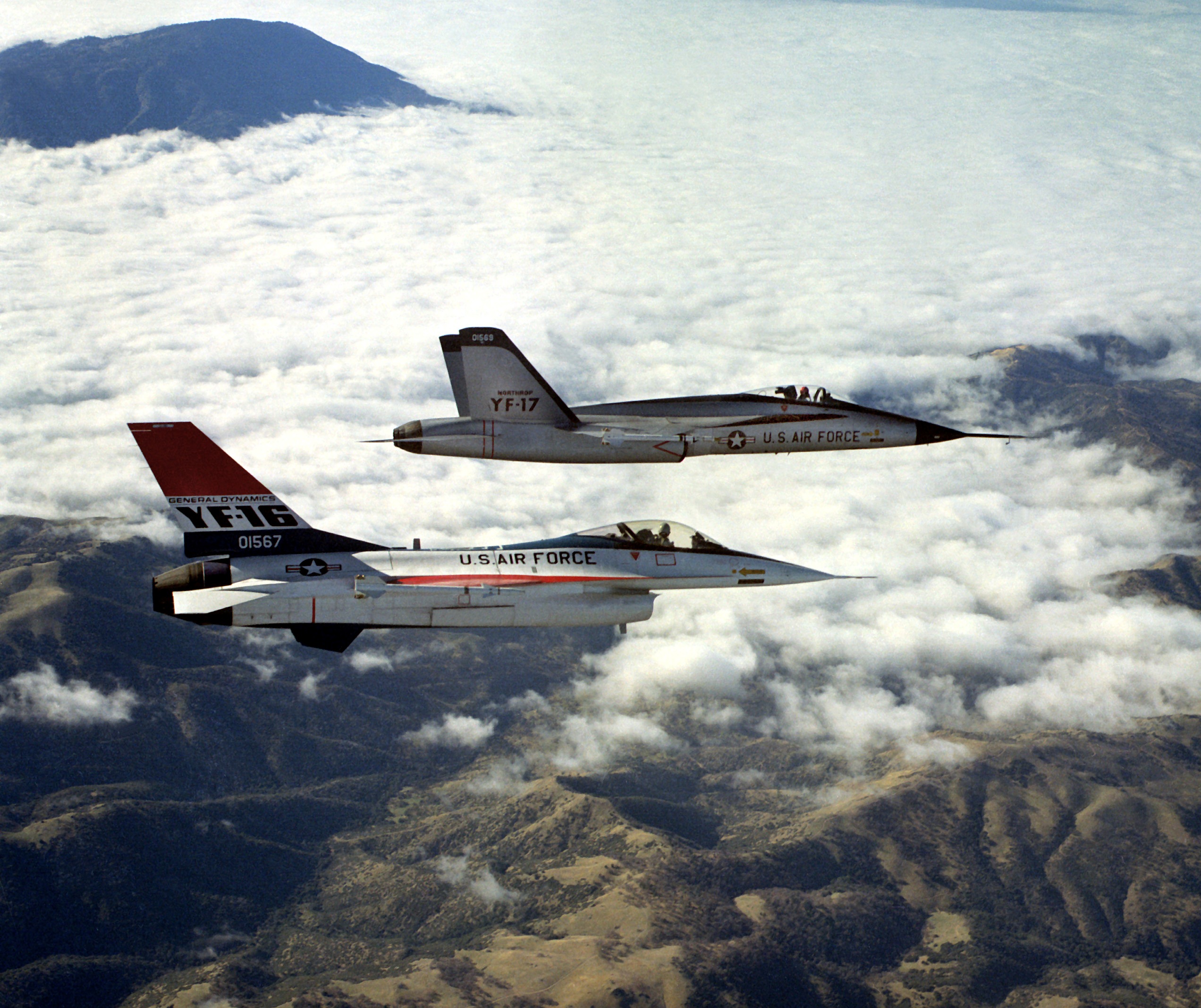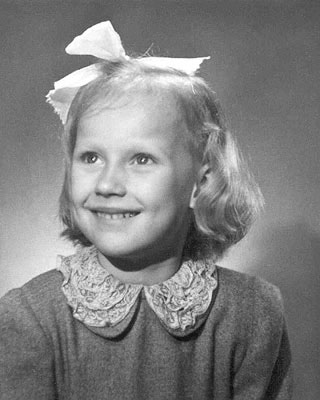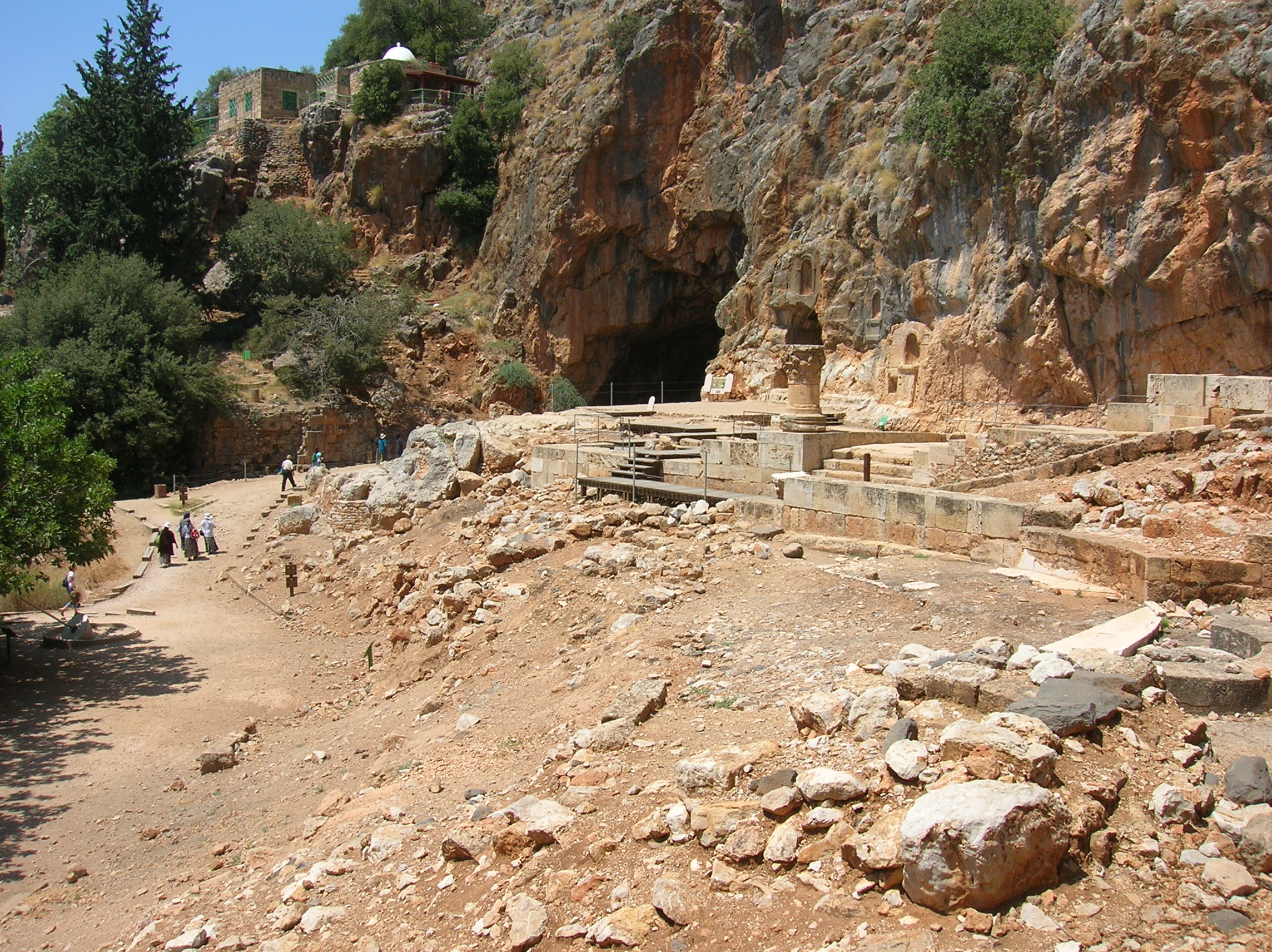|
Gustav Hägglund
Johan Edvin Birger Gustav Hägglund (born 6 September 1938, in Viipuri) is a retired Finland-Swedish general. He was the Chief of Defence 1994–2001, and Chairman of the European Union Military Committee 2001–2004. Career Hägglund's father was General Woldemar Hägglund, commander of the Karelian Front in the Second World War. He was born in Viipuri, an area ceded to the Soviet Union in the Second World War. Despite his Swedish-speaking family background, Finnish language immersion was total in his youth, and he ultimately had to learn Swedish at school. Hägglund went to Svenska normallyceum i Helsingfors and was then educated not only at the Cadet School in Finland, but also attended the United States Army Command and General Staff College in Leavenworth, Kansas. He is also a fellow of Harvard University. Hägglund commanded United Nations troops in 1978–1979 as the commander of the Finnish battalion (FINBATT) in UNEF II in Sinai, as the commander of UNDOF in ... [...More Info...] [...Related Items...] OR: [Wikipedia] [Google] [Baidu] |
Vyborg
Vyborg (; rus, Вы́борг, links=1, r=Výborg, p=ˈvɨbərk; fi, Viipuri ; sv, Viborg ; german: Wiborg ) is a town in, and the administrative center of, Vyborgsky District in Leningrad Oblast, Russia. It lies on the Karelian Isthmus near the head of the Vyborg Bay, to the northwest of St. Petersburg, east of the Finnish capital Helsinki, and south of Russia's border with Finland, where the Saimaa Canal enters the Gulf of Finland. The population of Vyborg is as follows: Located in the boundary zone between the East Slavic/Russian and Finnish worlds, formerly well known as one of the few medieval towns in Finland, Vyborg has changed hands several times in history, most recently in 1944 when the Soviet Union captured it from Finland during World War II. Finland evacuated the entire population of the city and resettled them within the rest of the country. On March 25, 2010, Dmitry Medvedev named Vyborg the " City of Military Glory". In Russia, a city can be ... [...More Info...] [...Related Items...] OR: [Wikipedia] [Google] [Baidu] |
Hornet F/A-18
The McDonnell Douglas F/A-18 Hornet is an all-weather, twin-engine, supersonic, carrier-capable, multirole combat aircraft, designed as both a fighter and attack aircraft (hence the F/A designation). Designed by McDonnell Douglas (now part of Boeing) and Northrop (now part of Northrop Grumman), the F/A-18 was derived from the latter's YF-17 in the 1970s for use by the United States Navy and Marine Corps. The Hornet is also used by the air forces of several other nations, and formerly by the U.S. Navy's Flight Demonstration Squadron, the Blue Angels. The F/A-18 was designed to be a highly versatile aircraft due to its avionics, cockpit displays, and excellent aerodynamic characteristics, with the ability to carry a wide variety of weapons. The aircraft can perform fighter escort, fleet air defense, suppression of enemy air defenses, air interdiction, close air support, and aerial reconnaissance. Its versatility and reliability have proven it to be a valuable carrier asset, ... [...More Info...] [...Related Items...] OR: [Wikipedia] [Google] [Baidu] |
Tarja Halonen
Tarja Kaarina Halonen (; born 24 December 1943) is a Finnish politician who served as the 11th president of Finland, and the first woman to hold the position, from 2000 to 2012. She first rose to prominence as a lawyer with the Central Organisation of Finnish Trade Unions (SAK), and as the Prime Minister's parliamentary secretary (1974–1975) and a member of the City Council of Helsinki (1977–1996). Halonen was a Social Democratic Party member of parliament from 1979 until her election to the presidency in 2000. She also served as a minister at the Ministry of Social Affairs and Health from 1987 to 1990, as Minister of Justice from 1990 to 1991, and as Minister for Foreign Affairs from 1995 to 2000. Halonen was an extremely popular president, with her approval ratings reaching a peak of 88 percent in December 2003. She was re-elected in 2006, defeating National Coalition Party candidate Sauli Niinistö in the second round by 51% to 48%. Ineligible to run in the 2012 p ... [...More Info...] [...Related Items...] OR: [Wikipedia] [Google] [Baidu] |
Martti Ahtisaari
Martti Oiva Kalevi Ahtisaari (; born 23 June 1937) is a Finnish politician, the tenth president of Finland (1994–2000), a Nobel Peace Prize laureate, and a United Nations diplomat and mediator noted for his international peace work. Ahtisaari was a United Nations special envoy for Kosovo, charged with organizing the Kosovo status process negotiations, aimed at resolving a long-running dispute in Kosovo, which later declared its independence from Serbia in 2008. In October 2008, he was awarded the Nobel Peace Prize "for his important efforts, on several continents and over more than three decades, to resolve international conflicts". The Nobel statement said that Ahtisaari had played a prominent role in resolving serious and long-lasting conflicts, including ones in Namibia, Aceh ( Indonesia), [...More Info...] [...Related Items...] OR: [Wikipedia] [Google] [Baidu] |
Aamulehti
(Finnish for "morning newspaper") is a Finnish-language daily newspaper published in Tampere, Finland. History and profile ''Aamulehti'' was founded in 1881 to "improve the position of the Finnish people and the Finnish language" during Russia's rule over Finland. The founders were nationalistic Finns in Tampere. During the Cold War period ''Aamulehti'' was among the Finnish newspapers which were accused by the Soviet Union of being the instrument of US propaganda, and the Soviet Embassy in Helsinki frequently protested the editors of the paper. In the 1980s, Aamulehti Corporation acquired the paper ''Uusi Suomi'', which they shut down in 1991. ''Aamulehti'' was published in broadsheet format until April 2014 when the paper switched to tabloid format. Matti Apunen was the editor-in-chief of the paper until 2010. The paper is based in Tampere and serves the Pirkanmaa region. Until 1992 the paper aligned itself with the National Coalition Party, but it no longer has an off ... [...More Info...] [...Related Items...] OR: [Wikipedia] [Google] [Baidu] |
UNIFIL
The United Nations Interim Force in Lebanon ( ar, قوة الأمم المتحدة المؤقتة في لبنان, he, כוח האו"ם הזמני בלבנון), or UNIFIL ( ar, يونيفيل, he, יוניפי״ל), is a UN peacekeeping mission established on 19 March 1978 by United Nations Security Council Resolutions 425 and 426, to confirm Israeli withdrawal from Lebanon which Israel had invaded five days prior, in order to ensure that the government of Lebanon would restore its effective authority in the area. The 1978 South Lebanon conflict came in the context of Palestinian insurgency in South Lebanon and the Lebanese Civil War. The mandate had to be adjusted twice, due to the Israeli invasion of Lebanon in 1982 and after the Israeli withdrawal from Lebanon in 2000. Following the 2006 Lebanon War, the United Nations Security Council enhanced UNIFIL and decided that in addition to the original mandate, it would, among other things, monitor the cessation of hostil ... [...More Info...] [...Related Items...] OR: [Wikipedia] [Google] [Baidu] |
Golan Heights
The Golan Heights ( ar, هَضْبَةُ الْجَوْلَانِ, Haḍbatu l-Jawlān or ; he, רמת הגולן, ), or simply the Golan, is a region in the Levant spanning about . The region defined as the Golan Heights differs between disciplines: as a geological and biogeographical region, the term refers to a basaltic plateau bordered by the Yarmouk River in the south, the Sea of Galilee and Hula Valley in the west, the Anti-Lebanon with Mount Hermon in the north and Wadi Raqqad in the east. As a geopolitical region, it refers to the border region captured from Syria by Israel during the Six-Day War of 1967; the territory has been occupied by the latter since then and was subject to a de facto Israeli annexation in 1981. This region includes the western two-thirds of the geological Golan Heights and the Israeli-occupied part of Mount Hermon. The earliest evidence of human habitation on the Golan dates to the Upper Paleolithic period. According to the Bible ... [...More Info...] [...Related Items...] OR: [Wikipedia] [Google] [Baidu] |
UNDOF
The United Nations Disengagement Observer Force (UNDOF) is a United Nations peacekeeping mission tasked with maintaining the ceasefire between Israel and Syria in the aftermath of the 1973 Yom Kippur War. The mission was established by United Nations Security Council Resolution 350 on 31 May 1974, to implement Resolution 338 (1973) which called for an immediate ceasefire and implementation of United Nations Security Council Resolution 242. The resolution was passed on the same day the Agreement on Disengagement and was signed by Israeli and Syrian forces on the Golan Heights, finally establishing a ceasefire to end the war. Since 1974, UNDOF has since performed its functions with the full cooperation of both sides, and its mandate has been renewed every six months. The United Nations Truce Supervision Organization (UNTSO) and UNDOF operate in a buffer zone between the two sides and continue to supervise the ceasefire. Before the Syrian Civil War, the situation in the Israe ... [...More Info...] [...Related Items...] OR: [Wikipedia] [Google] [Baidu] |
Sinai Peninsula
The Sinai Peninsula, or simply Sinai (now usually ) (, , cop, Ⲥⲓⲛⲁ), is a peninsula in Egypt, and the only part of the country located in Asia. It is between the Mediterranean Sea to the north and the Red Sea to the south, and is a land bridge between Asia and Africa. Sinai has a land area of about (6 percent of Egypt's total area) and a population of approximately 600,000 people. Administratively, the vast majority of the area of the Sinai Peninsula is divided into two governorates: the South Sinai Governorate and the North Sinai Governorate. Three other governorates span the Suez Canal, crossing into African Egypt: Suez Governorate on the southern end of the Suez Canal, Ismailia Governorate in the center, and Port Said Governorate in the north. In the classical era the region was known as Arabia Petraea. The peninsula acquired the name Sinai in modern times due to the assumption that a mountain near Saint Catherine's Monastery is the Biblical Mount Sinai. ... [...More Info...] [...Related Items...] OR: [Wikipedia] [Google] [Baidu] |
UNEF II
The Second United Nations Emergency Force (UNEF II) was established by United Nations General Assembly, in accordance with United Nations Security Council Resolution 340 (1973), to supervise the ceasefire between Egyptian and Israeli forces at the end of Yom Kippur War (also known as the October War), and following of the agreement of 18January 1974 and 4September 1975, to supervise the redeployment of Egyptian and Israeli forces and to man and control the buffer zones established under those agreements. The force was withdrawn in July 1979. History The mandate of UNEF II was to supervise the implementation of United Nations Security Council Resolution 340 which demanded that an immediate and complete ceasefire between Egyptian and Israeli forces be observed and that the parties return to the positions they had occupied at 1650 hours GMT on 22October 1973. The Force would use its best efforts to prevent a recurrence of the fighting, and in the fulfillment of its tasks it would ha ... [...More Info...] [...Related Items...] OR: [Wikipedia] [Google] [Baidu] |
United Nations
The United Nations (UN) is an intergovernmental organization whose stated purposes are to maintain international peace and security, develop friendly relations among nations, achieve international cooperation, and be a centre for harmonizing the actions of nations. It is the world's largest and most familiar international organization. The UN is headquartered on international territory in New York City, and has other main offices in Geneva, Nairobi, Vienna, and The Hague (home to the International Court of Justice). The UN was established after World War II with the aim of preventing future world wars, succeeding the League of Nations, which was characterized as ineffective. On 25 April 1945, 50 governments met in San Francisco for a conference and started drafting the UN Charter, which was adopted on 25 June 1945 and took effect on 24 October 1945, when the UN began operations. Pursuant to the Charter, the organization's objectives include maintaining internationa ... [...More Info...] [...Related Items...] OR: [Wikipedia] [Google] [Baidu] |




.jpg)



